
Instruments
MOL's examination laboratory utilises advanced and specialised instruments in order to make performing requested analyses as precise and fast as possible. Below specified are examples of some of the instruments we use and examples of their usage in our laboratory.
GAS CHROMATOGRAPHY (GC)
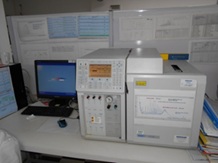
Gas chromatography is different from other types of chromatography (HPLC, TLC) in that the sample travels through the colon in gas condition. The interactions of substances in the sample (which are in gas condition) with the walls of the colon (which can be covered with different stationary phases) are the cause of the differing time it takes each substance to travel through the colon, called retention time. The comparison of these retention times makes the analytical strength of gas chromatography.
GAS CHROMATOGRAPHY – MASS SPECTROMETRY (GC/MS)
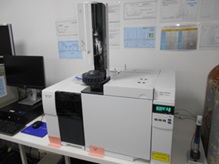
MS is considered the »golden standard« for identification of substances and because it is used for performing specific tests. A specific test can precisely identify a substance in a given sample. A non-specific test, however, only shows that some given substance belongs to some category of substances.
HIGH PRECISION LIQUID CHROMATOGRAPHY (HPLC)
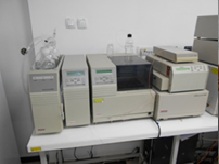
INFRARED SPECTROPHOTOMETRY (IR)
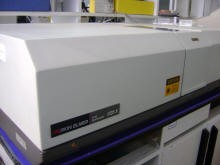
SOLID PHASE EXTRACTION (SPE)
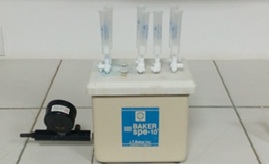
ATOMIC ABSORPTION SPECTROMETRY
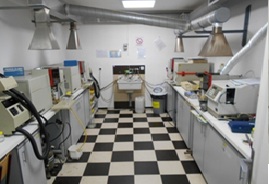
OPTICAL-EMISSION SPECTROMETRY WITH INDUCTIVELY COUPLED PLASMA (ICP-OES)
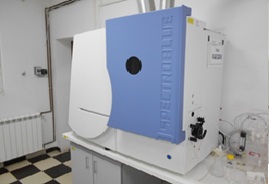
Institute MOL Ltd
If you need expert analyses, services, products and advice please contact us because we are experts who you trust...
© 2017. All rights reserved | Design by Goldberg Media Group